What's the problem with our hibiscus?
2 years ago
last modified: 2 years ago
Featured Answer
Sort by:Oldest
Comments (7)
- 2 years ago
- 2 years agolast modified: 2 years ago
Related Professionals
Burlington Landscape Contractors · Seminole Landscape Contractors · Ashburn Landscape Architects & Landscape Designers · Seabrook Landscape Architects & Landscape Designers · Wixom Landscape Architects & Landscape Designers · Surprise Landscape Contractors · Columbine Landscape Contractors · Maywood Landscape Contractors · Mequon Landscape Contractors · Pomona Landscape Contractors · West Palm Beach Landscape Contractors · Maple Heights Landscape Contractors · Belle Glade Interior Designers & Decorators · Washington Interior Designers & Decorators · Rosaryville Interior Designers & Decorators- 2 years ago
- 2 years agolast modified: 2 years ago
- 2 years ago
Related Stories

GARDENING GUIDESWhat's Wrong With My Plant? Leaves Often Hold the Clues
Learn how to identify common plant ailments by reading their leaves
Full Story
GARDENING GUIDESGarden Myths to Debunk as You Dig This Fall and Rest Over Winter
Termites hate wood mulch, don’t amend soil for trees, avoid gravel in planters — and more nuggets of garden wisdom
Full Story
GARDENING GUIDESCalifornia Gardener's June Checklist
Update your hydrangeas, catch up on tomatoes and more ways to enjoy your California garden in June
Full Story
GARDENING GUIDESBackyard Birds: Invite Entertaining Hummingbirds Into Your Garden
Hummingbirds — unique to the Americas — zip through open landscapes seasonally or year-round. Here’s how to attract them
Full Story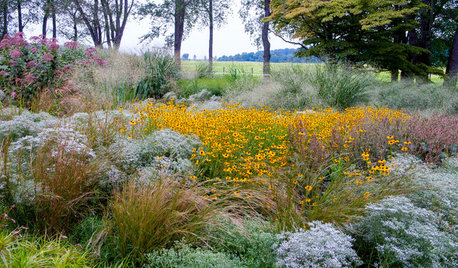
GARDENING GUIDESThe Surprising Ingredients Every Good Garden Should Have
See what to do — and not do — for lasting rewards in your landscape
Full Story
HOUSEPLANTS8 Essentials for Healthy Indoor Plants
Houseplants add so much to our homes — and can thrive when grown in the right conditions. Keep these tips in mind
Full Story
GARDENING GUIDESHouzz Call: What’s Your Favorite Backyard Beauty?
The simple, honest daisy is this writer’s go-to garden flower. We want to hear which plant, flowering or otherwise, gives you special joy
Full Story
EXTERIORSWhere Front Yards Collide: Property Lines in Pictures
Some could be twins; others channel the Odd Couple. You may never look at property boundaries the same way again
Full Story
REGIONAL GARDEN GUIDESCalifornia Gardener's March Checklist
Give natives and tropicals a well-deserved spotlight — plus, discover an easy herb that keeps on giving
Full Story
GARDENING GUIDES10 Tips to Start a Garden — Can-Do Ideas for Beginners
Green up your landscape even if you're short on time, money and knowledge, with these manageable steps for first-time gardeners
Full Story


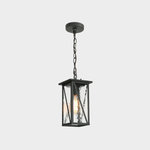


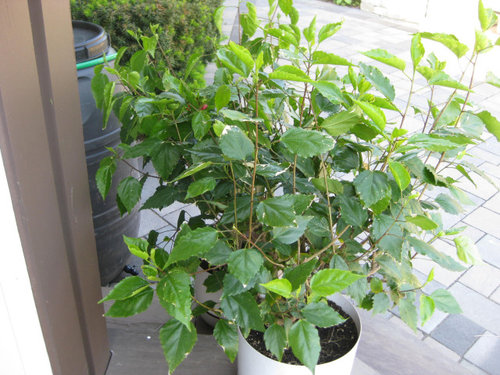

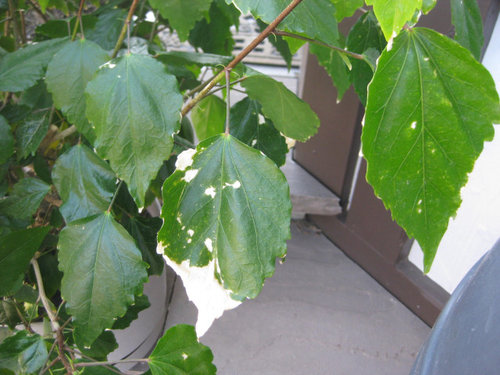
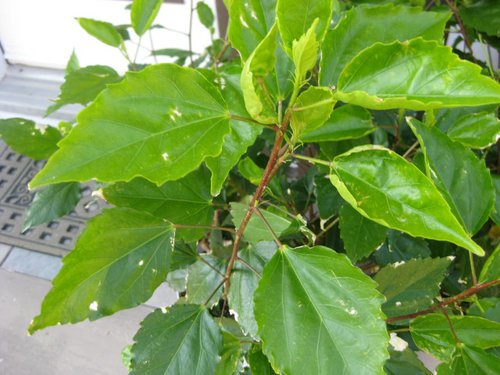

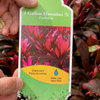

tapla (mid-Michigan, USDA z5b-6a)